|
In 1999, two looters* plundered a mound atop Mittelburg Hill near Nebra, Germany. It was quite the payload. They found two bronze swords, two axe heads, a chisel, spiral armbands, and a strange, circular object.
Archeologists established it was created about 1800-1600 BCE- about 3,700 years ago. BTW, I know you want to call it the Nebula Sky Disk- but it's NEBRA. The Nebra Sky Disk stands alone as a beautiful object, yet it seems to also have a purpose and function aside from mere aesthetic enjoyment. What does the disk signify, and what was it for? Experts have debated this since its discovery, and there are conflicting interpretations. But there are a few theories that are generally agreed upon. It is believed that the Nebra Sky Disk is an astronomical calendar, depicting moons, star constellations, the positions of the winter and summer solstices, and a “solar ship,” associated with an ancient belief that the sun was carried across the sky by a cosmic boat. The disk was in use for several centuries before it was buried, and went it through multiple incarnations. Phase One: First, the gold dots where applied, along with the gold circle and crescent. Phase Two: At some later date, the two parenthesis shaped arcs were added. Phase Three: Then, even later, the asymmetrical arc at the bottom was added. Phase Four: THEN, several centuries after all that, its perimeter was perforated with about 40 small holes. Phase… Five? The alterations to the disk implies that the significance and use of the disk CHANGED over time. Phase One: What Day Is It?
The Lunisolar Calendar Okay. This is really difficult for me to wrap my head around, so bear with me. A solar calendar is meant to express the earth going around the Sun. It is great for keeping track the days of the year. A lunar calendar is meant to express how often the moon goes around the earth, and it is great for keeping track of weeks and months. The problem is, they don’t line up.
The Nebra Sky Disk represents one solution- AND it was done before this society (the Unetice culture) had any writing system. The disk "...served as a reminder of when it was necessary to synchronize the lunar and solar years by inserting a leap month. This phenomenon occurred when the three-and-a-half-day-old moon—the crescent moon on the disc—was visible at the same time as the Pleiades." - Jarrett A. Lobell, Archeology Magazine Whew. Is your brain exhausted? I know mine is! Phase Two: Happy Solstice! It’s well known that back in the day, celebrating the solstice, especially the winter solstice, wasn’t just a party. It was essential. You had to bring the sun back, or you’d all die. How do you know when it’s the solstice? Who knows when it’s time? Additionally, chemical analysis reveals that the gold of the arcs was sourced from thousands of miles away from that of the moon and stars- another indication they were applied at different times. Yay science! The arcs express an 82° span, which is exactly the span of the setting sun on the winter and summer solstices, when seen from Northern Europe.
You’d be able to tell when the winter solstice was nigh. Phase Three: But What Does It Mean? Many years after all of this, an enigmatic additional arc was added to the bottom of the disk. If I’m the original Sky Disk, to heck with it. Whaddaya gonna do? I’m the Sky Disk. Screw you. But if I’m just little ol’ Leslie Peterson Sapp, doing a representation of the Sky Disk, I CAN’T make something that looks like a happy face. It simply can’t be done. So, what do I do? I investigate what this weird little thing is. Unlike the other two arcs on the disk, it’s asymmetrical. Furthermore, it has adornments. If you look closely, it has two lines that follow the shape of the arc, and the sides of the arc have small, feathery lines, like the legs of a centipede. Experts believe it is a representation of a solar boat. What’s that? A solar boat, barge, or ship is a common element the in the cosmology of many cultures across various places and times. This symbol embodies the belief that the sun is carried across the sky in a magical, celestial, maritime vessel. When the sun sets, it continues its journey through the underworld, to return into view the following dawn. I admit, the arc on the Nebra Sky Disk doesn’t look much like a boat. In fact, the tiny, feathery lines are thought to represent OARS. (Maybe the artisan who made it had never actually SEEN a boat?) I was doubtful, until I started to see other, contemporaneous representations of solar boats. By studying these different Bronze Age, Northern European artifacts, experts have been able to piece together a generalized belief system. These artifacts include rock art, golden boats, golden hats, bronze razors, standards and more. If this little arc at the bottom of the disk is indeed a solar boat, it would mean that the usage of the Nebra Sky Disk had evolved over the centuries from a magical, but practical calendar device, to a cosmological totem. Phase Four: Mascot
Phase… Five? Burial.
The practice of depositing precious objects by burial, or by sinking in bogs or bodies of water, is a worldwide, timeless ritual, repeated ad infinitum through the ages. It seems to reflect a basic human impulse. This was a rich offering to the gods, whomever they might have been. It may have been a way to bring closure to this very important symbol, even though its relevance may have run its course. Who Controls Time? Time does not change. The earth swings in its elliptical path around the sun, spinning around on its axis, unending for millions of years. BUT, how we conceive of time is a social construct, and it has changed over the centuries. Hunter-gatherer communities followed the food where it went, telling stories about creation and the cosmos as they went along. Time was the water they swam in. But, as our societies became more “complex,” and we became reliant on farming, the “specialization” of roles grew, and from this came… hierarchy. Hierarchy and ownership. Territory and access to resources. Different days of the year became significant, with milestones and celebrations. Who controls time? Who knows what day it is? The people who understood the workings of this disk were magical people indeed. Very special people, whom others in the clan would trust and rely on. The Nebra Sky Disk is a beautiful object, and like many beautiful artifacts of this world, including the ones I make, are made possible through specialization, hierarchy, and access to resources. It is of this world, and yet it is transcendent. My Creative Process
From this angle, you can see that the disk itself is also raised, because it is made from that thin piece of circular wood. Constellations I have never been into astronomy or astrology. Aside from a certain fascination with moon phases, I have stood back and watched others' interest in it, sort of wishing I could get interested, too. But through doing this piece, I have started to feel like there may be a hook for me.
After having just a lovely time creating my constellations above, I found myself struggling with what to do with that darn smiley face. Solar Boat Struggles Since I didn't want to recreate the "solar boat" element as is, I naturally looked to other representations of solar boats, and ran into a boat-load of problems. Finally, I take the whole darn thing out and start over. Eventually, the geometric elements of the piece began to replace my preoccupation with boats. The sharp, white lines stretching across the piece, as well as connecting the star constellations, are actually scratched through the paint to the white panel beneath. The criss-cross lines represent the 82° span of the solstices. Additionally, the V-shaped lines emanating from the bottom of the piece also represent 82°. The geometry is also reflected by the dimensions of the piece: the perfect 24x24 panel, with the circular panel, perfectly placed in the middle. This evokes a sense of stability and calm. Somehow, my enchantment with moon phases emerged, and I realized depicting the moon phases at the bottom of the piece would create that compositional balance I was searching for, as well as support the narrative and use of the disk in ancient times. Below, there is a video of the finished piece of The Nebra Sky Disk, so as to showcase its glimmer and dimensionality- a still photograph simply does not capture what it is like to see it in person. -Addendum- Crime Does Not Pay! * The two looters, who damaged the disk with their shovels, sold it on the black market. It changed hands multiple times before it was recovered by a sting operation in 2002. The looters were sentenced to four months and ten months in jail. Upon appeal, the Appeals Court raised their sentences to six and twelve months. (I simply adore art crime stories!) Further Reading The Nebra Sky Disk - Archeology Magazine, Jarrett A. Lobell, May/June 2019 https://www.archaeology.org/issues/337-1905/features/7543-maps-germany-nebra-sky-disc The Nebra Sky Disc: decoding a prehistoric vision of the cosmos https://the-past.com/feature/the-nebra-sky-disc-decoding-a-prehistoric-vision-of-the-cosmos/ The Nebra Sky Disk - Ancient Map of the Stars https://www.worldhistory.org/article/235/the-nebra-sky-disk---ancient-map-of-the-stars/ The Journey of the Sun Across the Sky - National Museum of Denmark
https://en.natmus.dk/historical-knowledge/denmark/prehistoric-period-until-1050-ad/the-bronze-age/the-sun-chariot/the-journey-of-the-sun-across-the-sky/
0 Comments
Leave a Reply. |
Take a Closer Look.
Here is an intimate, in depth glimpse into my thoughts, inspiration and artistic process. Categories
All
Not seeing what you're looking for? My previous blog on blogspot can be found HERE.
|
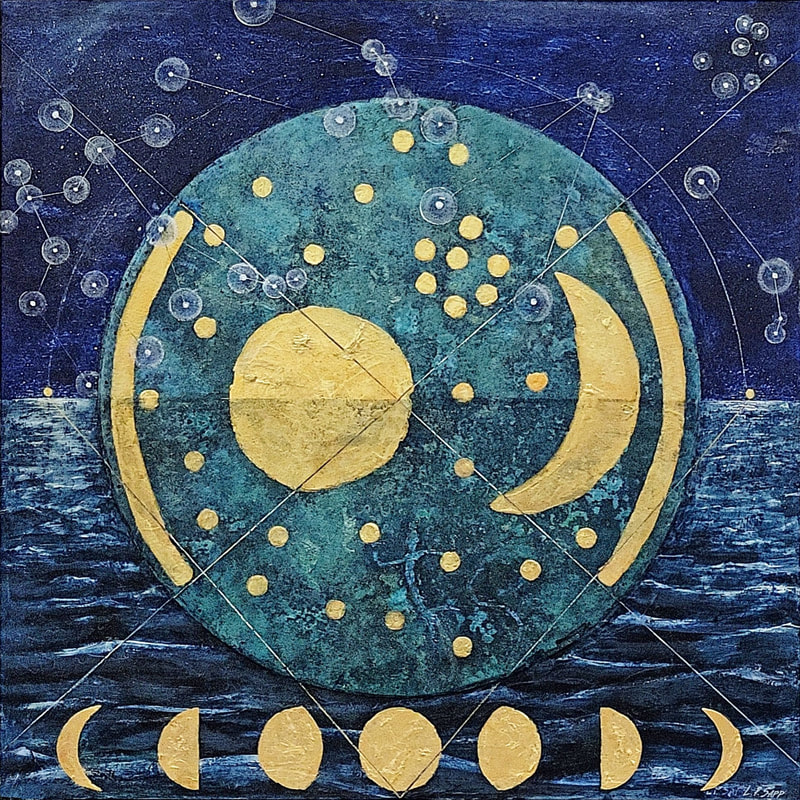
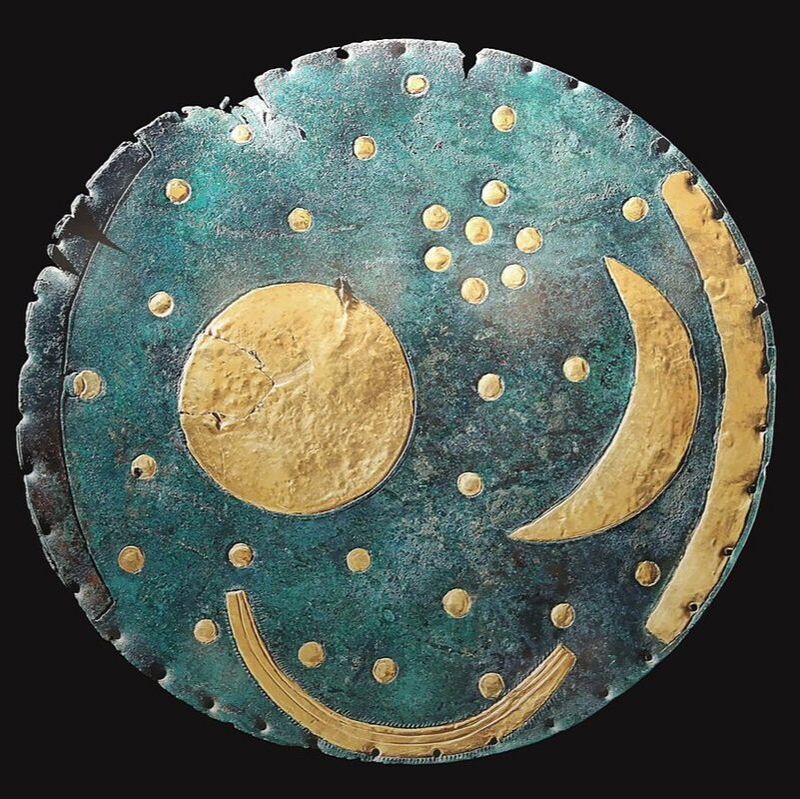

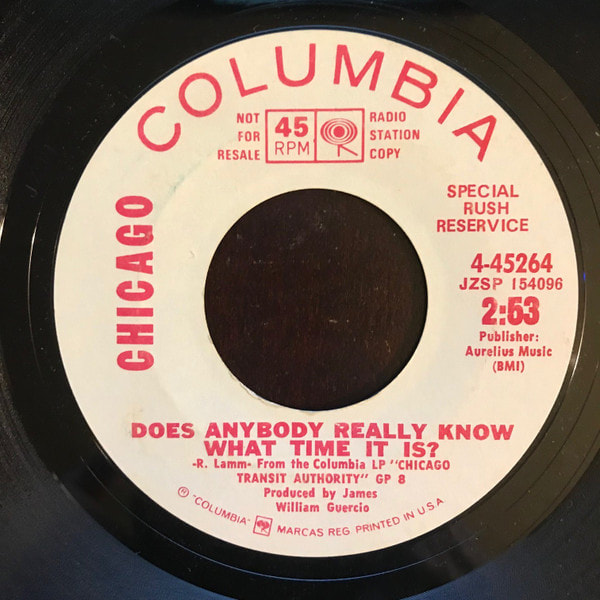

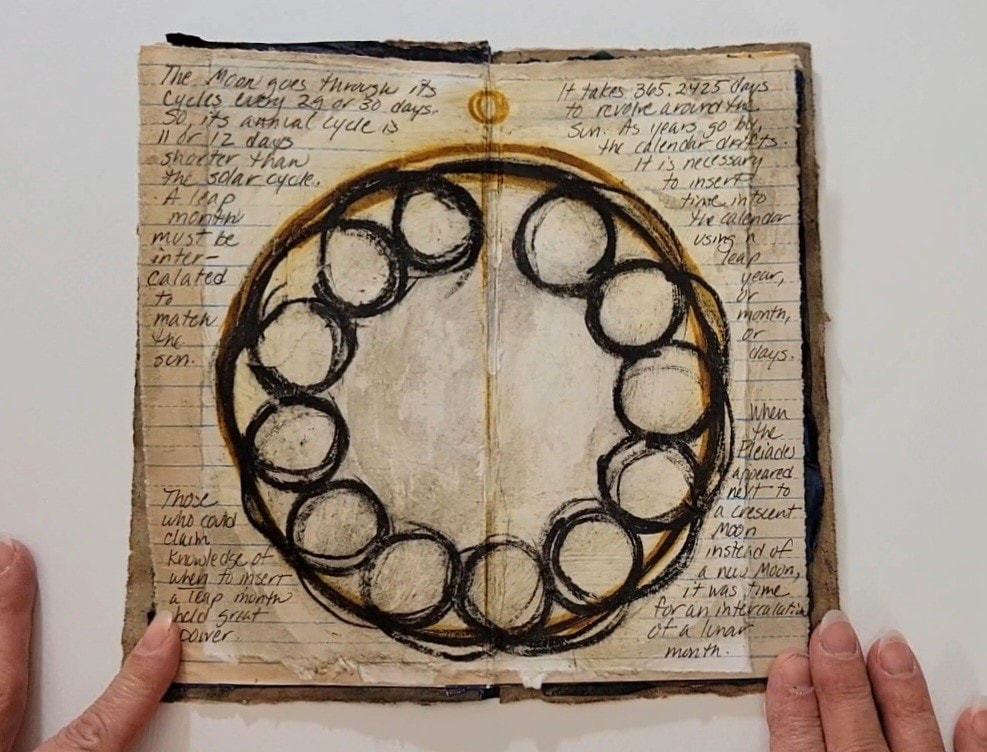
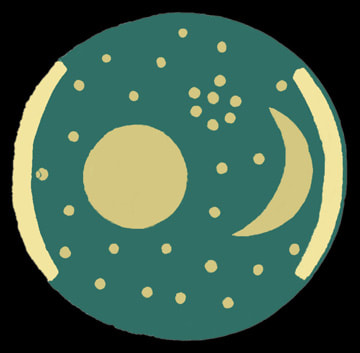
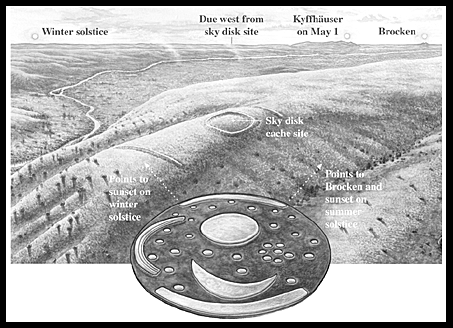

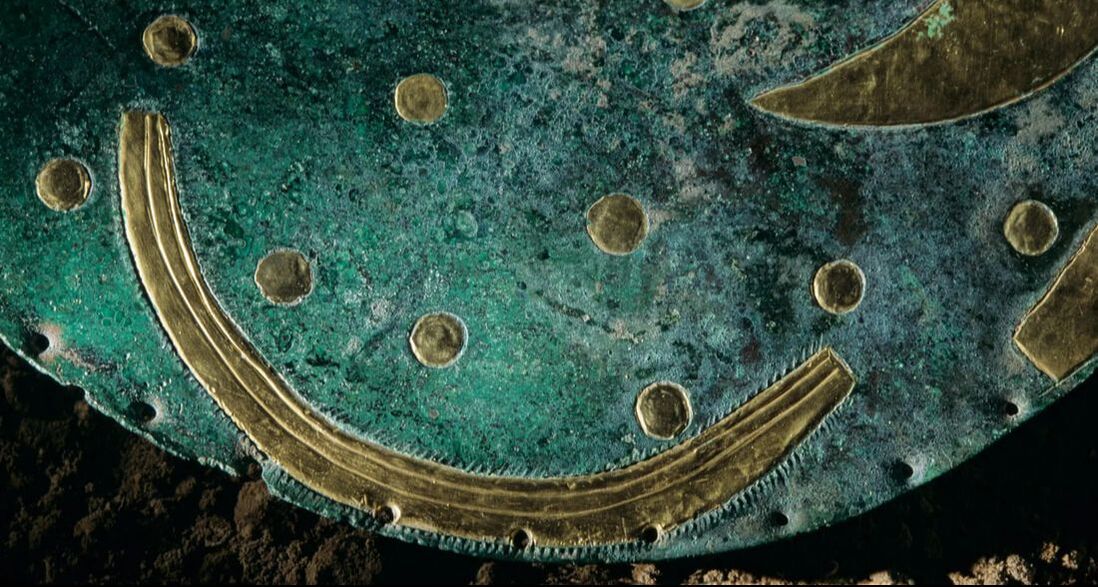
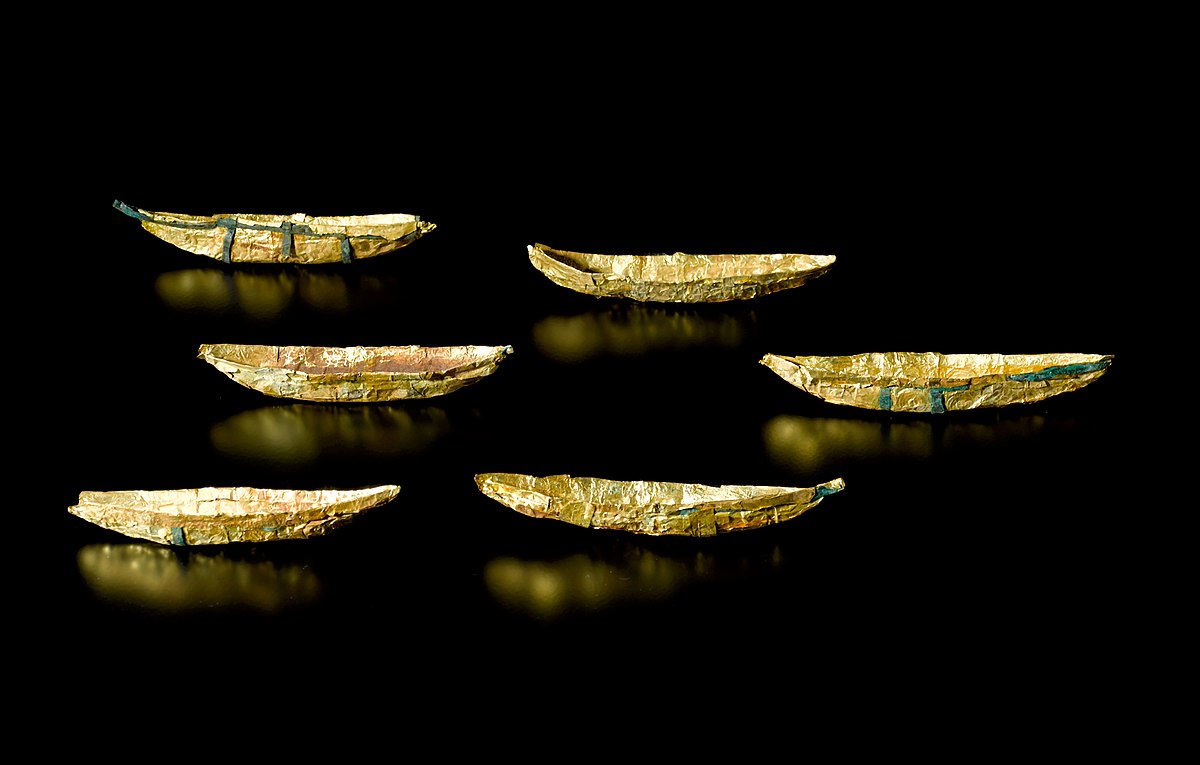
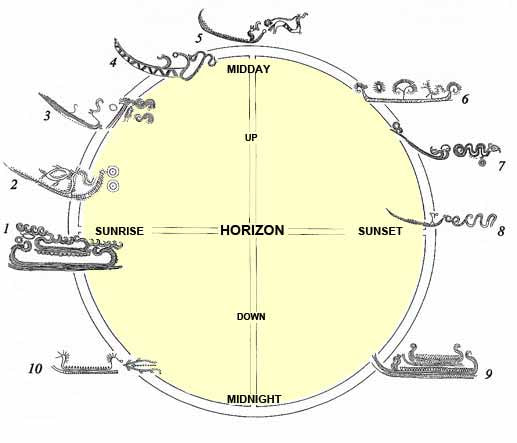



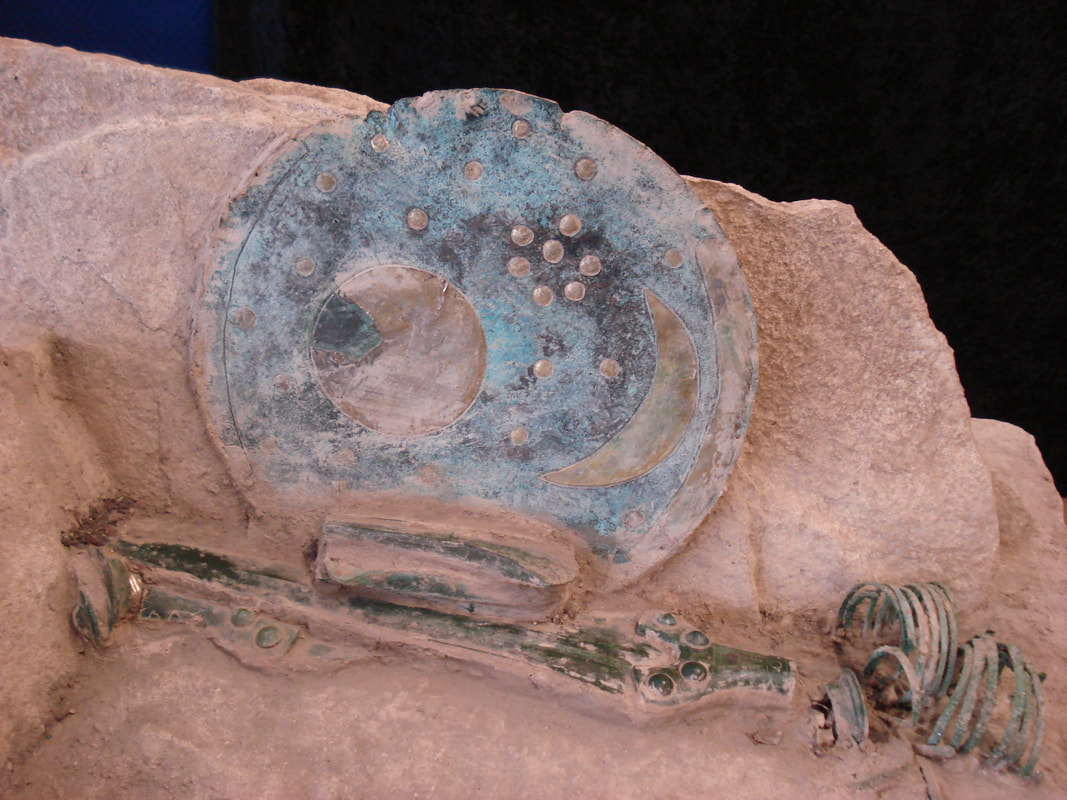
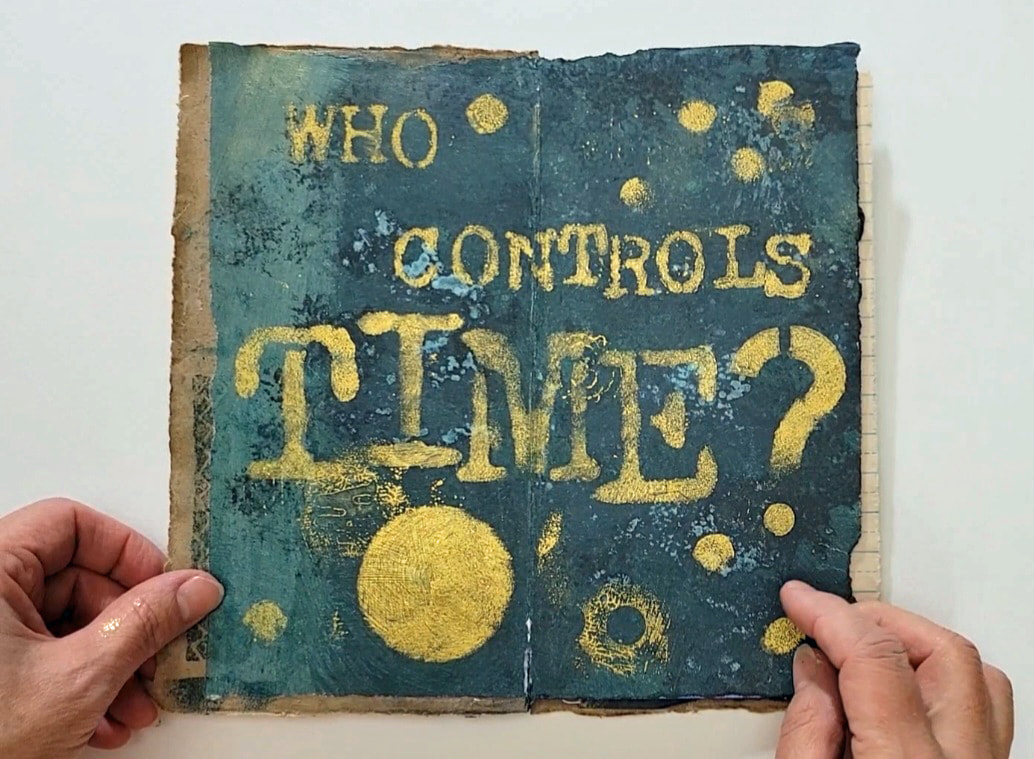
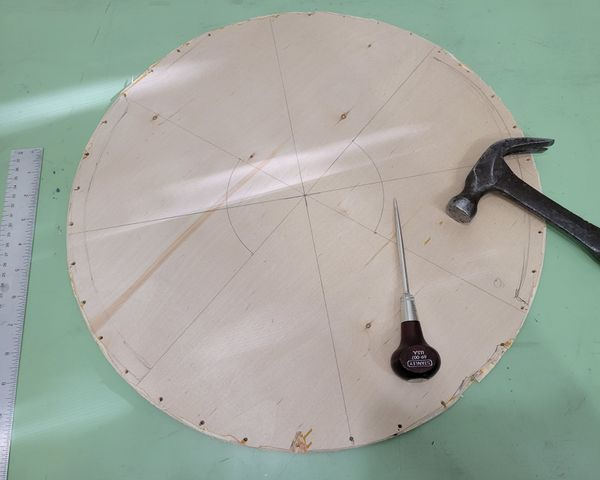
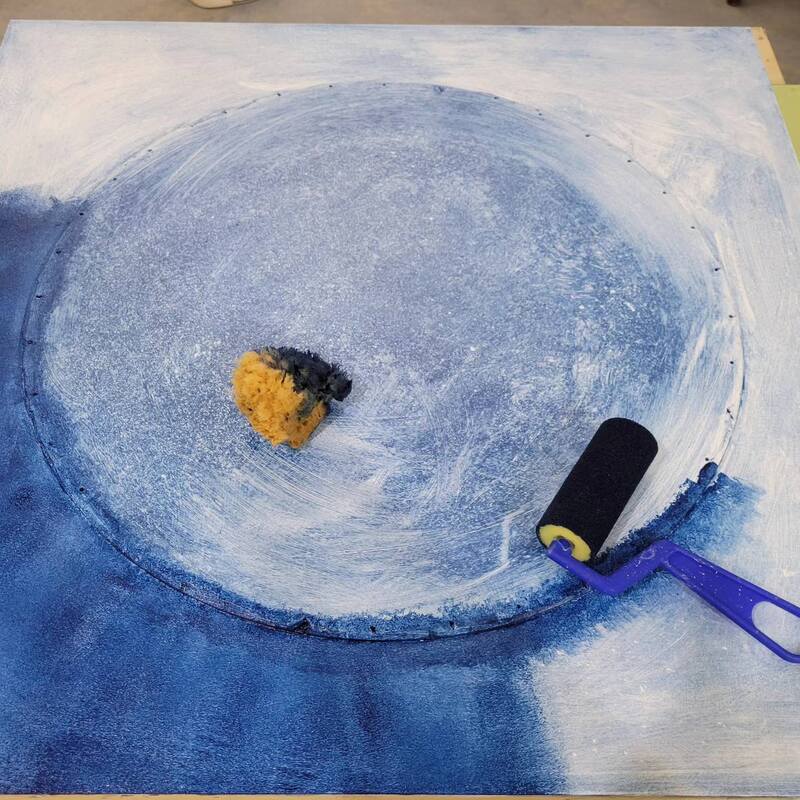
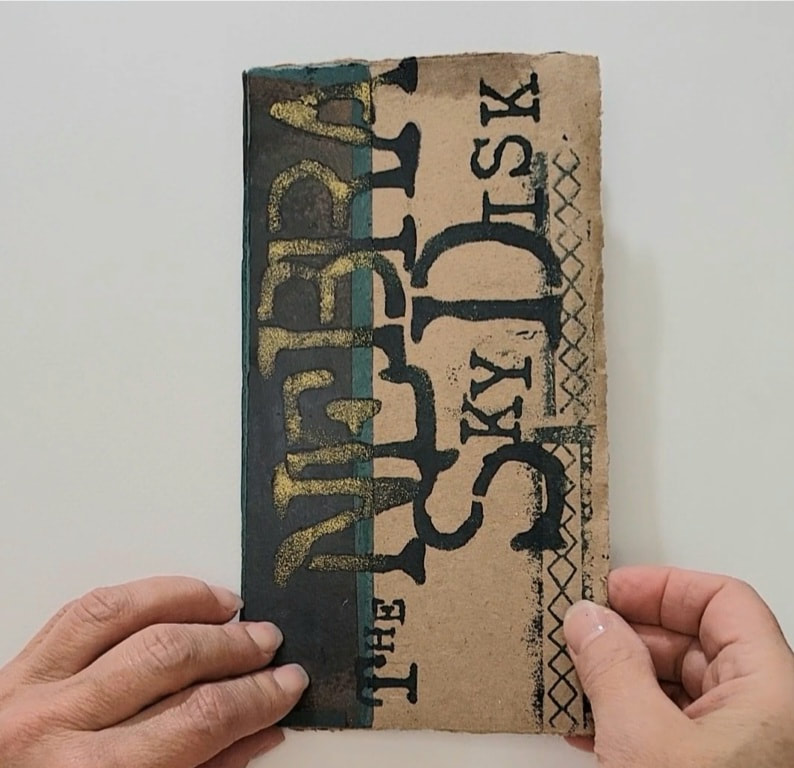
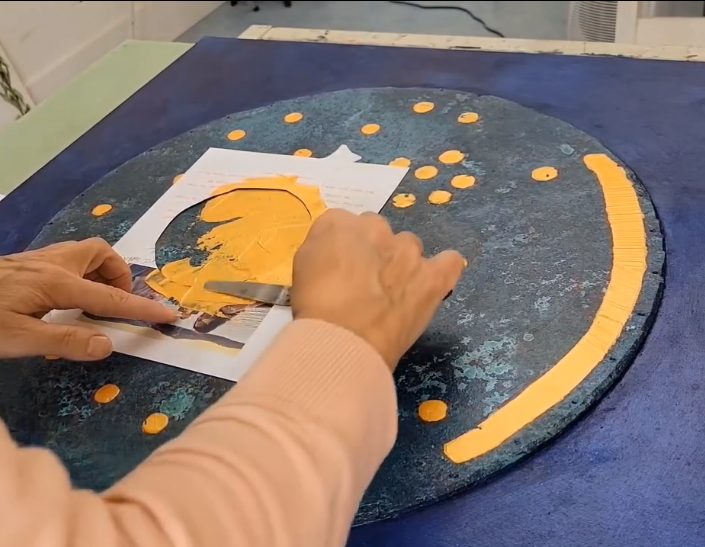
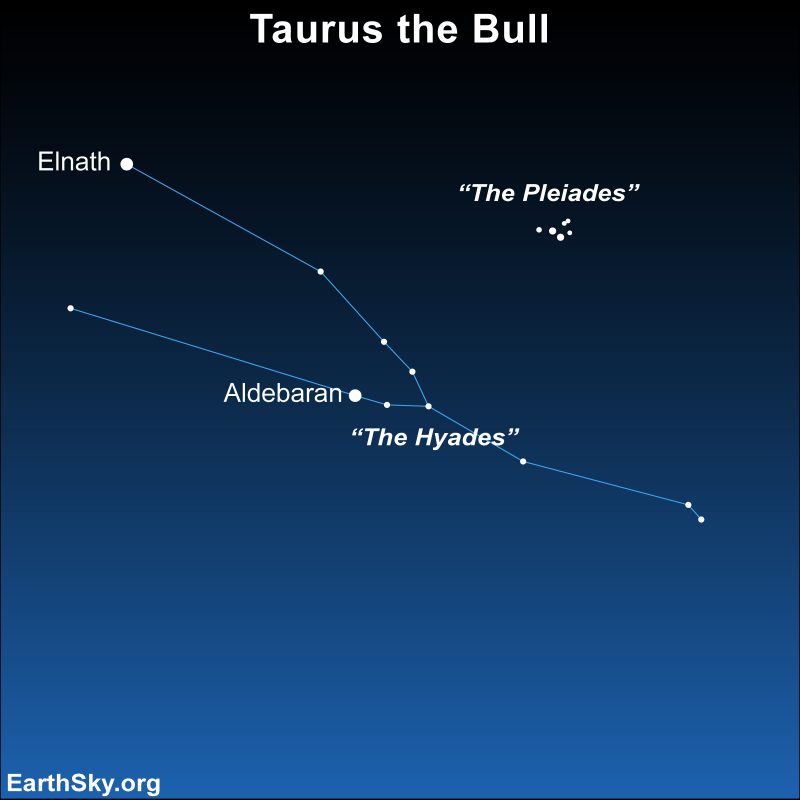
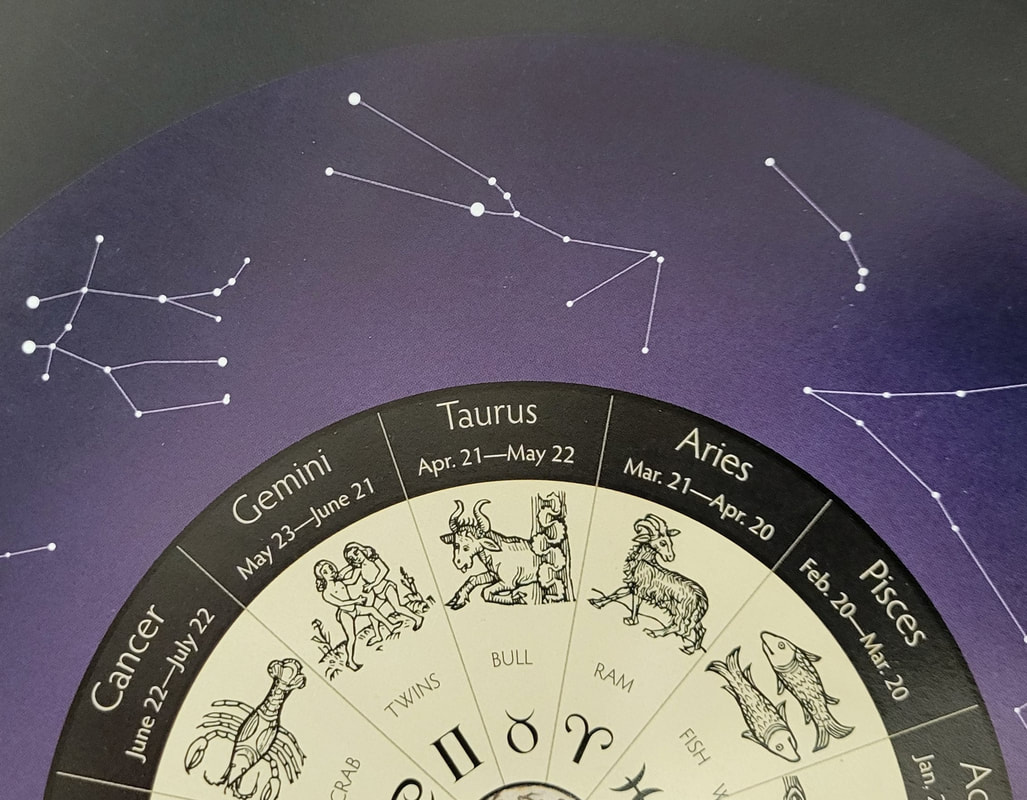
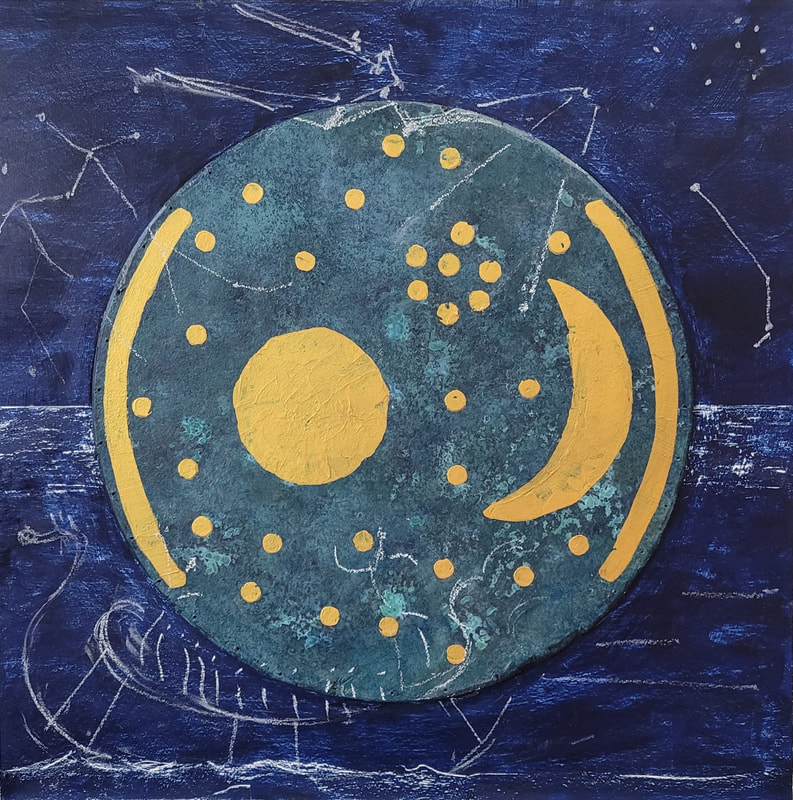
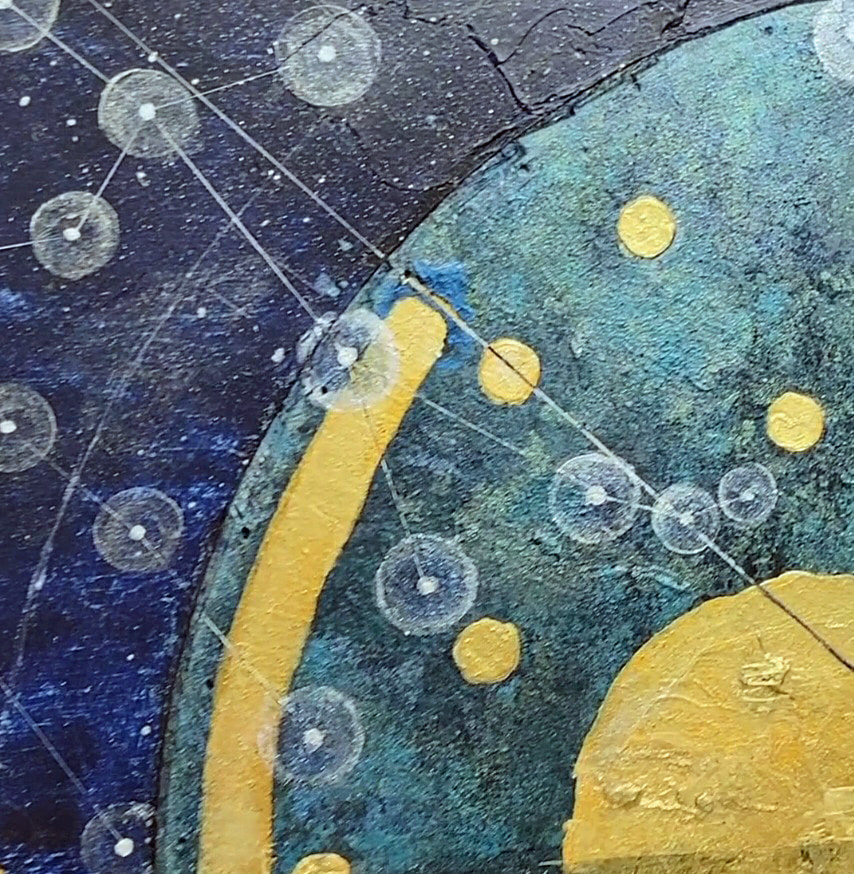
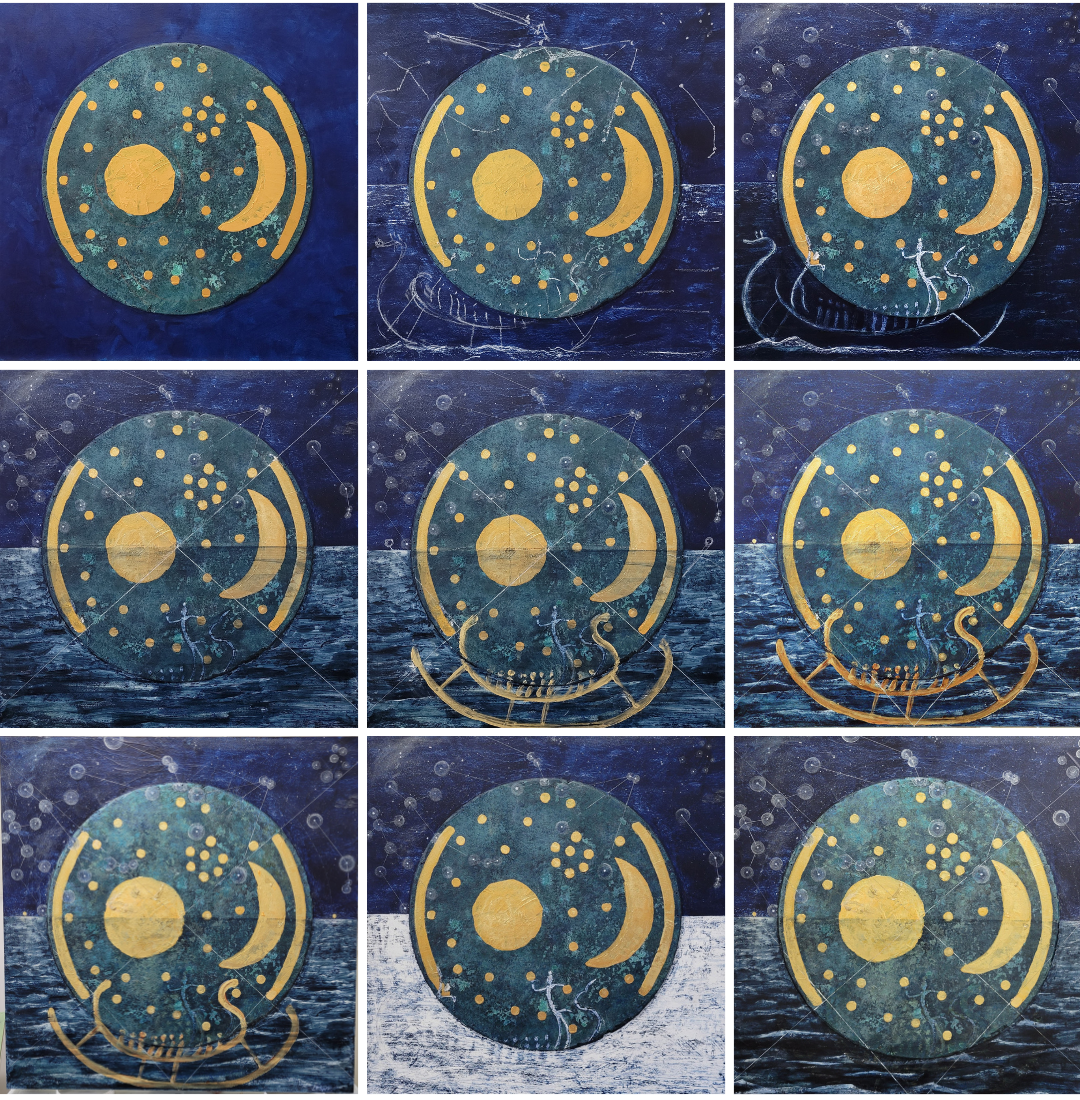
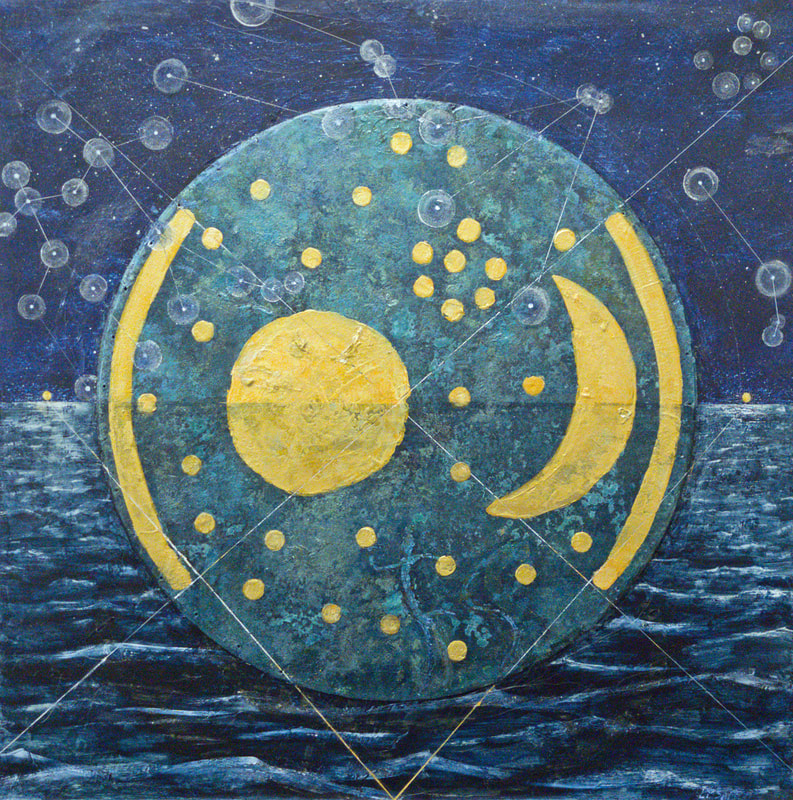

 RSS Feed
RSS Feed